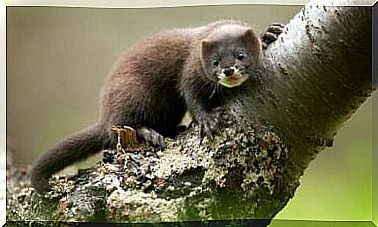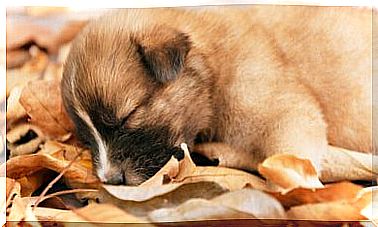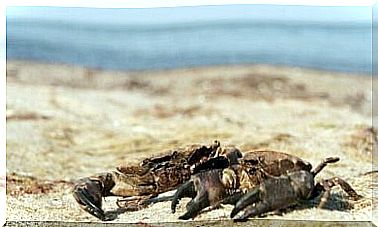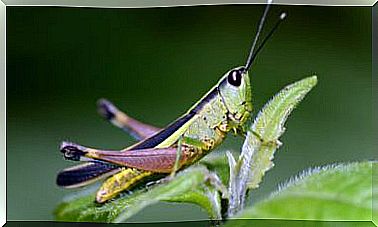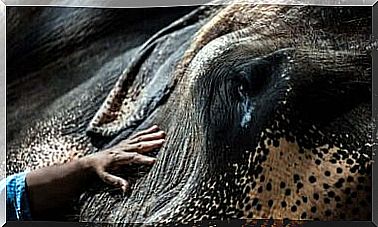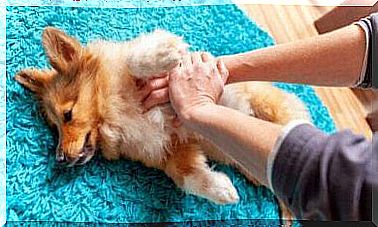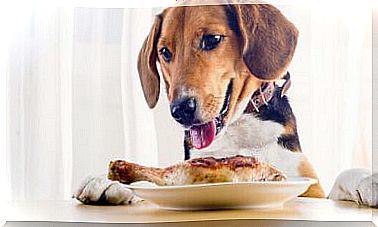How To Change Your Cat’s Diet

Changing your cat’s diet can be a real challenge without the necessary knowledge to proceed correctly and gradually. Here are some practical tips to help you diversify or adjust your feline’s diet without harming their health.
The ‘selective’ palate of domestic cats
We often hear that domestic cats have a fairly selective palate. Without such a sense of taste, it would be very difficult to propose changes in their regular diet. But what is true in these popular beliefs?
The feeding of wild cats
Wild cats are carnivorous animals with a very independent character. Their organisms have evolved to perfect hunting skills, allowing them to position themselves at the top of the food chain.
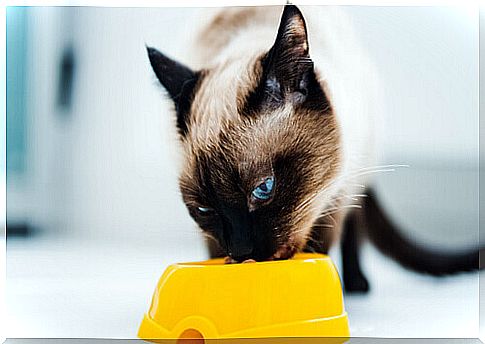
The diet of these animals, in their natural habitat, does not depend only on their evolutionary abilities. Their diet varies according to climatic conditions, the availability of food within their reach, human intervention in their environment, etc.
Let’s imagine what would happen if a wild feline developed some whimsical habits like those of domestic cats. It is not difficult to understand that such overly selective attitudes would pose a risk to the survival of its species.
Why do domestic cats refuse food changes?
If felines aren’t really ‘temperamental’, why do many domestic cats have such a refined palate? The answer lies in the question itself. Cats develop some selective behaviors with respect to their feeding thanks to the domestication process.
It all begins when the feline no longer needs to go hunting for food and adapts to consume copious foods. In addition to this, the fact that they have been raised in small environments that are not subjected to the natural transformations of a wild habitat affects them. This makes their bodies easy to get used to a limited eating routine that makes them feel safe.
To more easily understand this phenomenon of adaptation to home life, we can observe street cats. These animals experience something similar to wild cats, as their survival directly depends on their ability to adapt.
A consequence of the lifestyle of stray cats is that their diets are usually more varied and their palate much less selective than that of a domestic cat.
Changing your cat’s diet: the importance of early adaptation
Felines define the criteria – or preferences – of their palate during the first six or seven months of life. During this time it is easier for puppies to accept to try new flavors, aromas, textures and different moisture. This is the ideal age to get them used to a varied diet and prevent them from rejecting dietary changes.
If we stop introducing new foods to a cat whose palate has already formed, its adaptation will be much slower. An adult animal is less flexible to changes in its routine and usually rejects unfamiliar flavors.
If we offer our pet a number of different smells, other textures and flavors, we will create an adult cat with greater food tolerance. This is why early adaptation is the best way to prepare him for a change of diet during adulthood.
Change your cat’s diet slowly and gradually
As mentioned, felines stick to their eating routine to feel more confident. Exposing them to a radical change in their environment, diet or habits usually causes negative reactions in their body and mind.

If the change is drastic, the animal can develop aggressive and / or self-defensive attitudes, behavior changes and different symptoms such as lethargy, diarrhea, malnutrition, etc.
It is essential to change your cat’s diet slowly and gradually, in order to avoid behavioral and organic disorders. The ideal would be to start by substituting a small percentage (5% -10%) of your old food for the new food that will be part of your daily diet. This percentage must increase every week.
Cover the flavors
A good option to ‘mask’ food changes is to add some pate or wet food. The strong aroma and pleasant taste of this type of food will stimulate the cat’s appetite.
Although effective, it is important to use this ‘technique’ only during the first few weeks, to prevent the animal from getting used to consuming them daily.
Much more care must be taken when changing the diet of an adult or senior cat that has been following the same diet for a long time. The organism of this animal has adapted to digest and absorb the nutrients offered by the formula of its feed, therefore radically changing its diet could cause damage.
In any case, it is essential to consult a veterinarian before changing your cat’s diet. In fact, the animal must be healthy to positively face this change. Additionally, the professional may help you choose a new diet that fits your pet’s nutritional needs.
